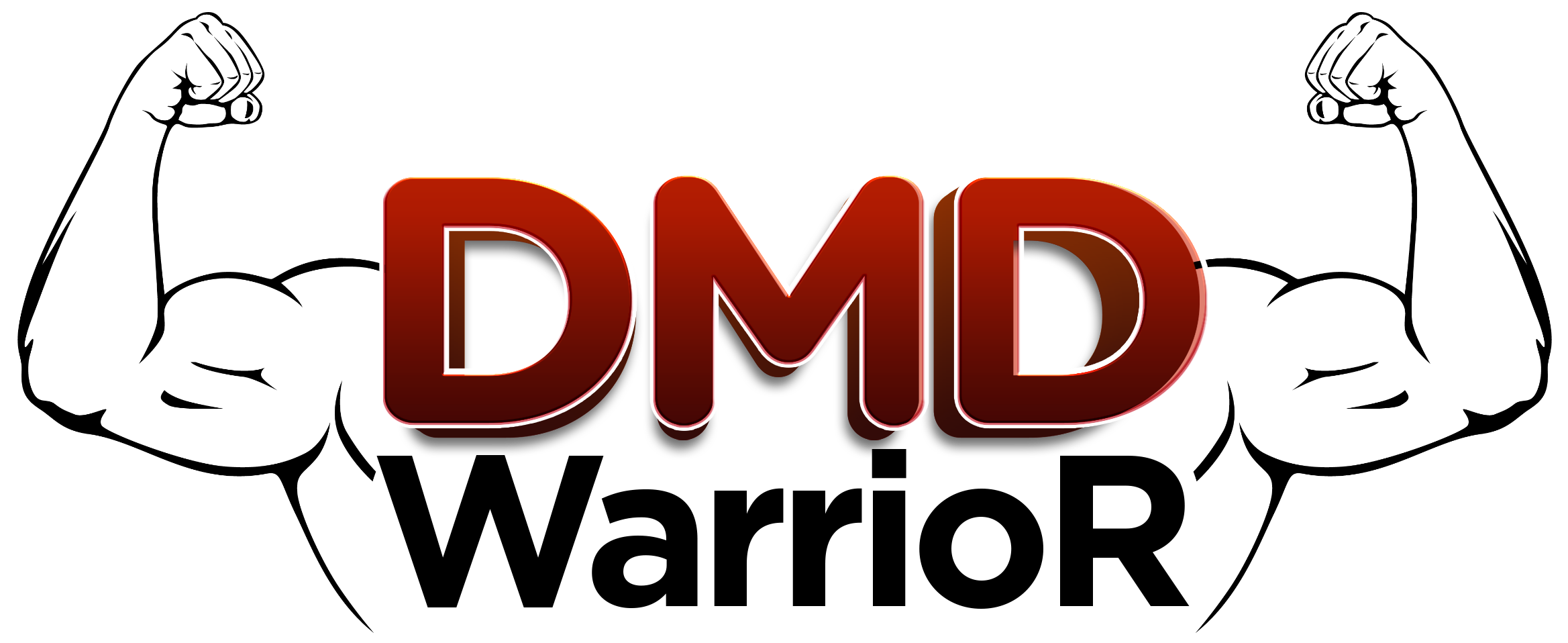Muscular dystrophy (MD) is a group of genetic disorders characterized by progressive muscle weakness and degeneration. Early signs of muscular dystrophy in children can vary, but there are common symptoms to look out for. If you notice any of these signs, it’s important to consult a healthcare provider for a diagnosis.
Here are some potential signs and symptoms that may indicate your child has muscular dystrophy:
How do I Know if My Child has Muscular Dystrophy?
Delayed Motor Milestones
- Difficulty sitting, standing, or walking independently, or delayed walking compared to peers.
- Trouble climbing stairs or getting up from the floor (may use hands to push off the legs).
Muscle Weakness
- Muscle weakness typically starts in the legs and pelvis and may progress to other parts of the body.
- Noticeable difficulty with tasks like running, jumping, or lifting heavy objects.
Gower’s Sign
- A telltale sign of muscular dystrophy is difficulty rising from the floor. Children often use their hands to “walk” up their legs (known as Gower’s sign), which is a result of weakened muscles. [Read More]
Waddling Walk
- The child may develop a distinctive walking pattern, often described as a waddling gait, due to weak hip muscles.
Frequent Falls or Trouble Maintaining Balance
- If a child is falling more often than usual or having trouble maintaining balance, this could be a sign of muscle weakness.
Muscle Pseudohypertrophy
- Muscles, particularly in the calves, may appear enlarged due to fat and connective tissue replacing healthy muscle. This is often seen in Duchenne muscular dystrophy, a common form.
Pain or Cramps
- Children with MD may complain of muscle pain, cramps, or stiffness, especially after physical activity.
Difficulty with Fine Motor Skills
- Tasks such as writing, buttoning clothes, or brushing teeth may become challenging as hand and arm muscles weaken.
Respiratory or Cardiac Symptoms (in later stages)
- As muscular dystrophy progresses, respiratory muscles and the heart may be affected. This can lead to trouble breathing, fatigue, or irregular heartbeats.
Other Neurological Signs
- Some forms of MD can cause cognitive impairments, though this is more common in certain types (e.g., Duchenne). Look for signs like difficulty with concentration or learning.
Common Types of Muscular Dystrophy in Children
- Duchenne Muscular Dystrophy (DMD): The most common form, typically diagnosed between 2 and 5 years of age. Symptoms often start with difficulty walking and progressing to wheelchair dependence by early teens.
- Becker Muscular Dystrophy: Similar to Duchenne but usually less severe and progresses more slowly.
- Congenital Muscular Dystrophy: Present at birth or in early childhood with varying severity.
- Facioscapulohumeral Muscular Dystrophy (FSHD): Affects muscles in the face, shoulders, and upper arms, often beginning in adolescence.
Learn More: What are The Differences Between Duchenne Muscular Dystrophy and Becker Muscular Dystrophy?
What to Do:
If you observe any of these symptoms in your child, it’s crucial to consult a healthcare professional, such as a pediatrician or neurologist. They may:
- Perform a physical exam to assess muscle strength and coordination.
- Conduct blood tests, including testing for elevated levels of creatine kinase (an enzyme released when muscle tissue is damaged).
- Genetic testing to identify specific mutations associated with muscular dystrophy.
- Electromyography (EMG) or muscle biopsy to further investigate muscle function and structure.
Early diagnosis and intervention can help manage symptoms and slow the progression of the disease, so it’s important to seek medical advice if you are concerned.



